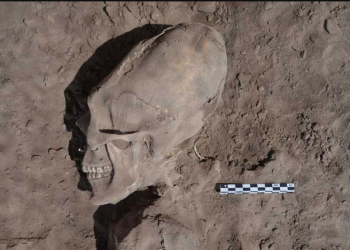In 2016, NASA’s New Horizons spacecraft made history after it flew past Pluto, our solar system’s former planet, now a dwarf planet. During its flyby, the spacecraft not only measured, studied, and analyzed Pluto and its moons, but it turned its cameras towards the surface of the dwarf planet and snapped a series of mind-altering images.
It managed to photograph not only Pluto, its surface, but also Pluto’s moons.
The images we received from Pluto and its moons have shown us what a big heart Pluto has. Literally.
The New Horizons Pluto flyby revealed a plethora of unprecedented data about the dwarf planet. Among the plethora of revealing data, New Horizons demonstrate that this small frigid dwarf planet does not lack an atmosphere. Although small and hazy, it is nonetheless there, and scientists have confirmed its existence not only thanks to New Horizons Data but also thanks to remote observations of the dwarf planet by NASA’s telescope on an airplane, the Stratospheric Observatory for Infrared Astronomy, or SOFIA.
As the New Horizons spacecraft passed Pluto, its instruments studied the atmosphere of the dwarf planet. Its blue hazy atmosphere is formed as surface ice vaporizes under distant sunlight. The dwarf planet’s atmosphere is mostly made out of nitrogen gas, although it also has traces of methane and carbon monoxide.
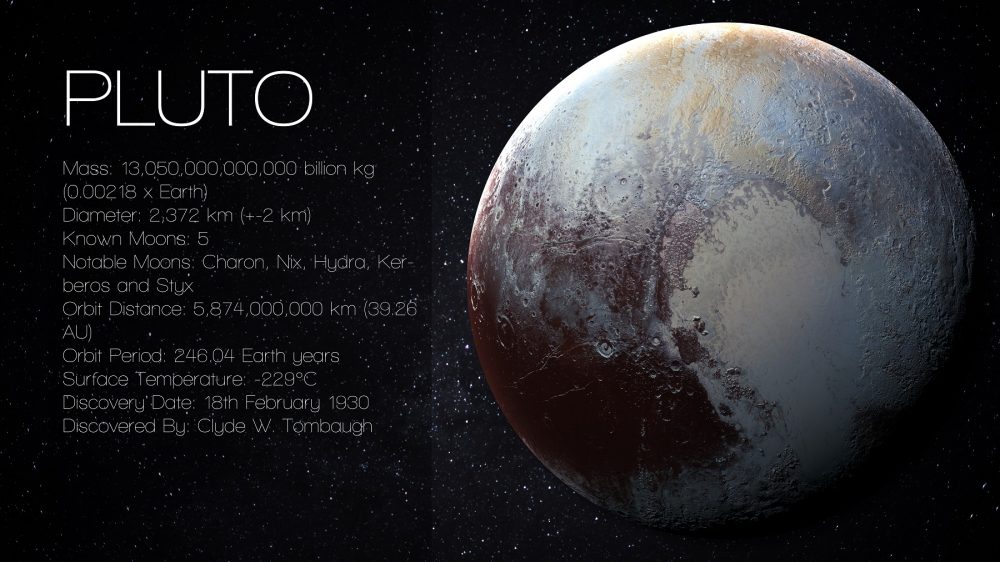
Researchers have revealed that haze particles form high up in Pluto’s atmosphere, more than 20 miles above the surface, where methane and other gases react to the faint sunlight that the dwarf planet receivers, before eventually making its way down to the surface in the form of rain.
The images snapped and sent back to Earth by the New Horizons spacecraft proved these particles’ existence, especially in this blue-tinted photograph of Pluto’s atmosphere.
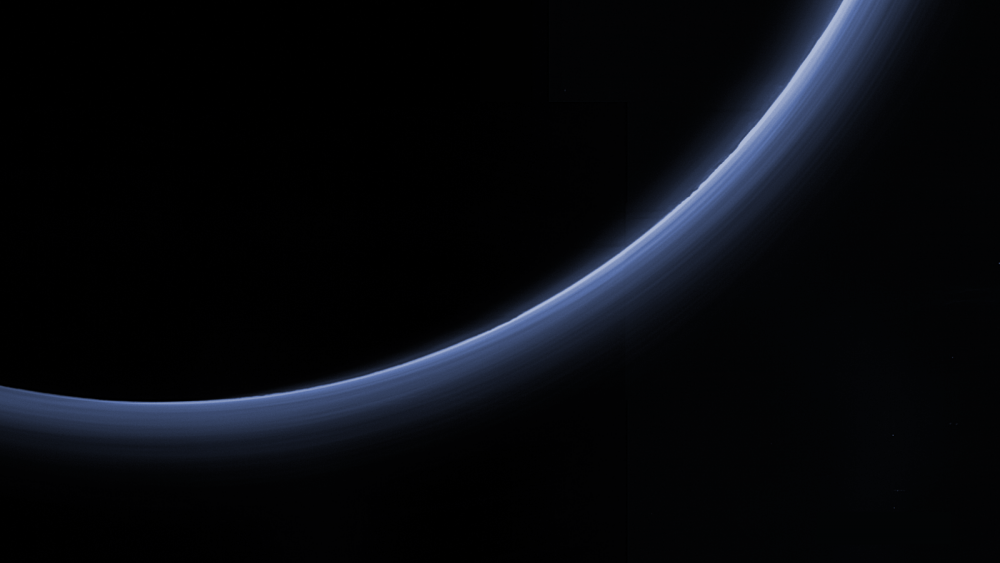
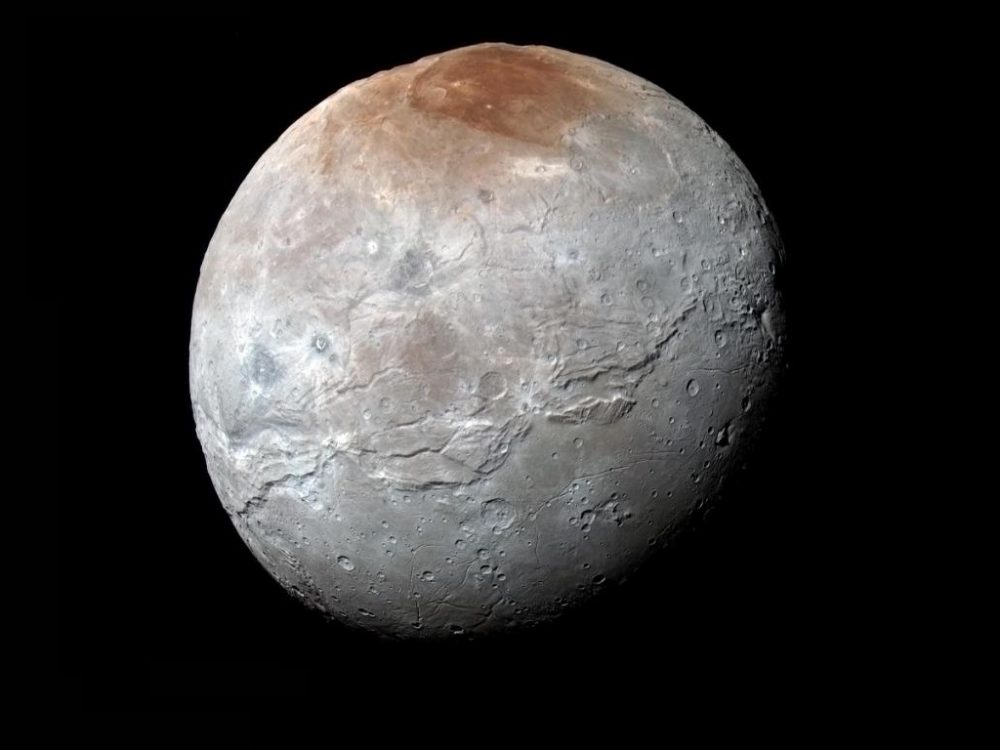
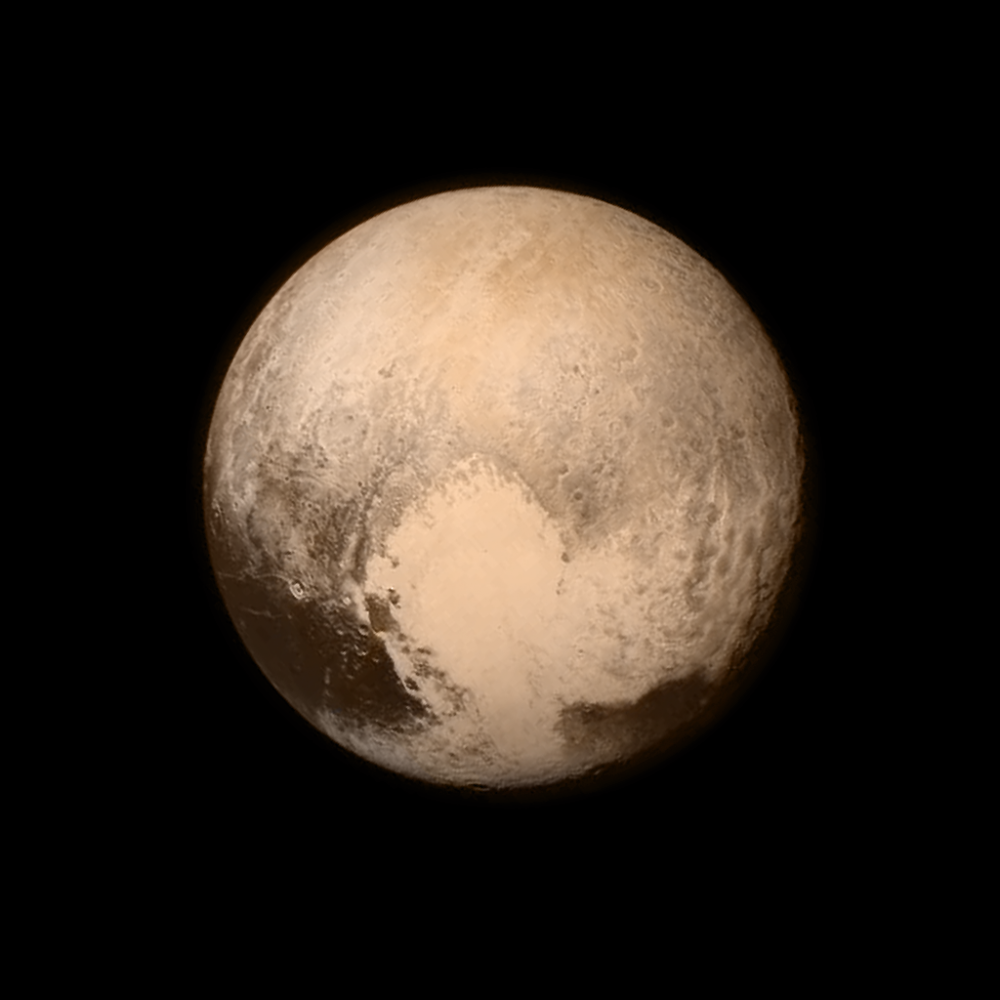
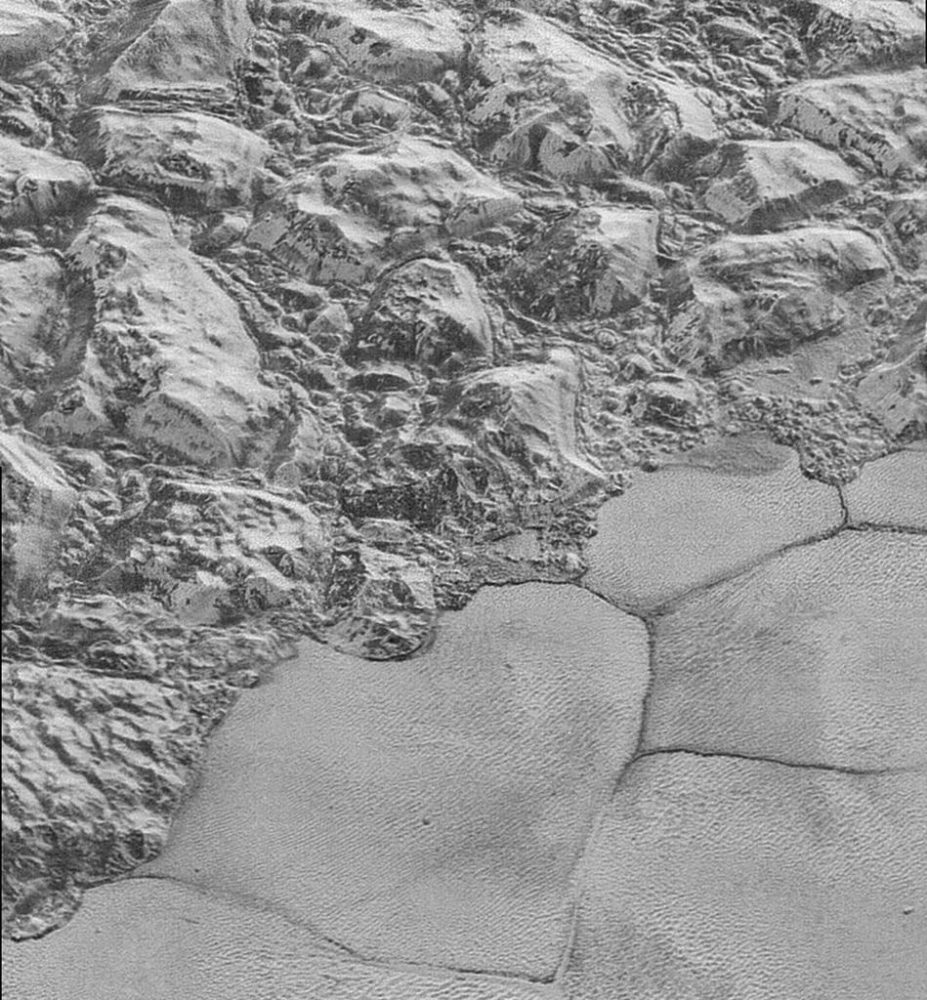

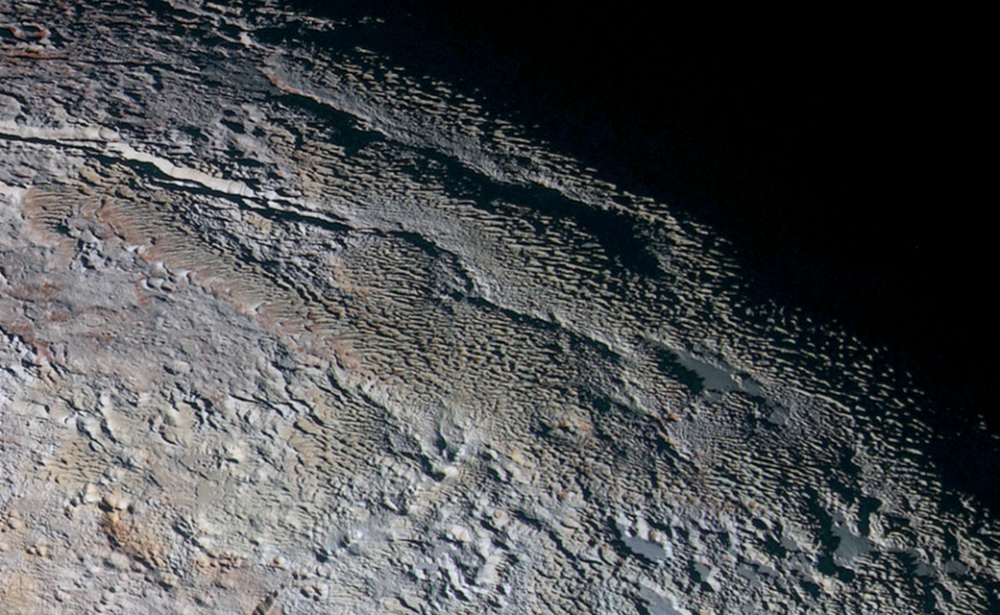
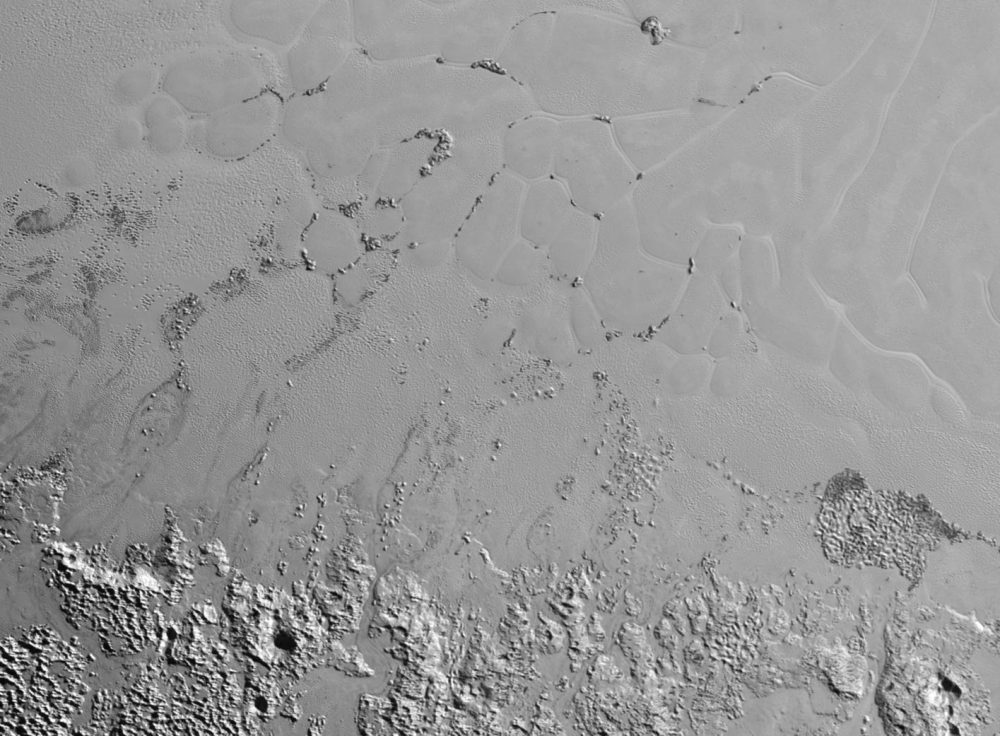
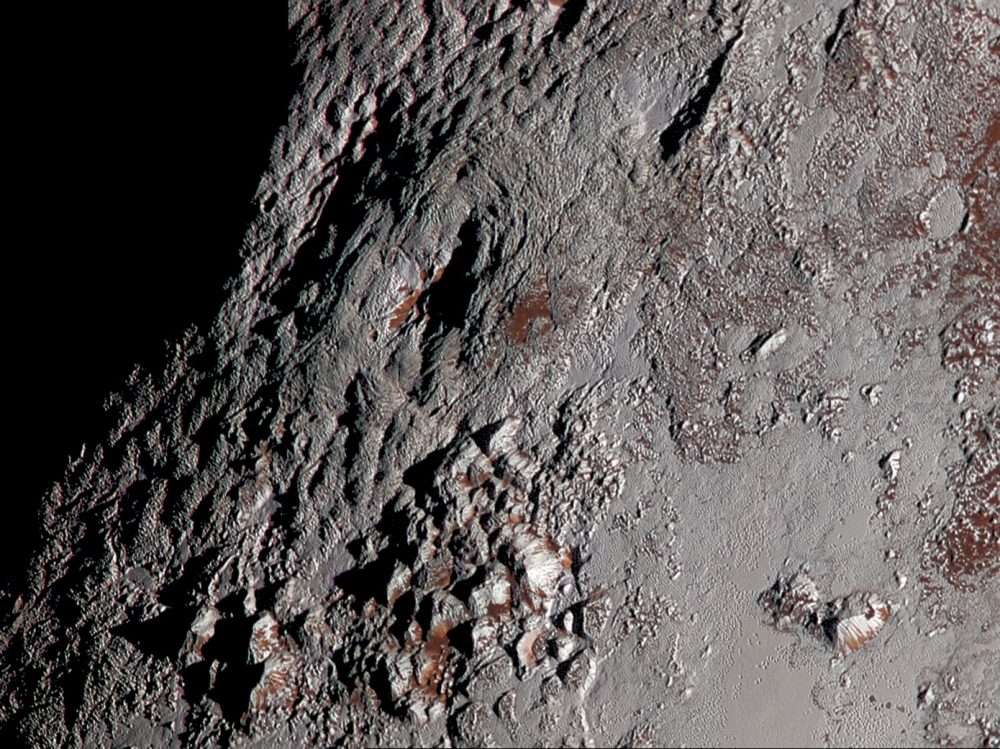
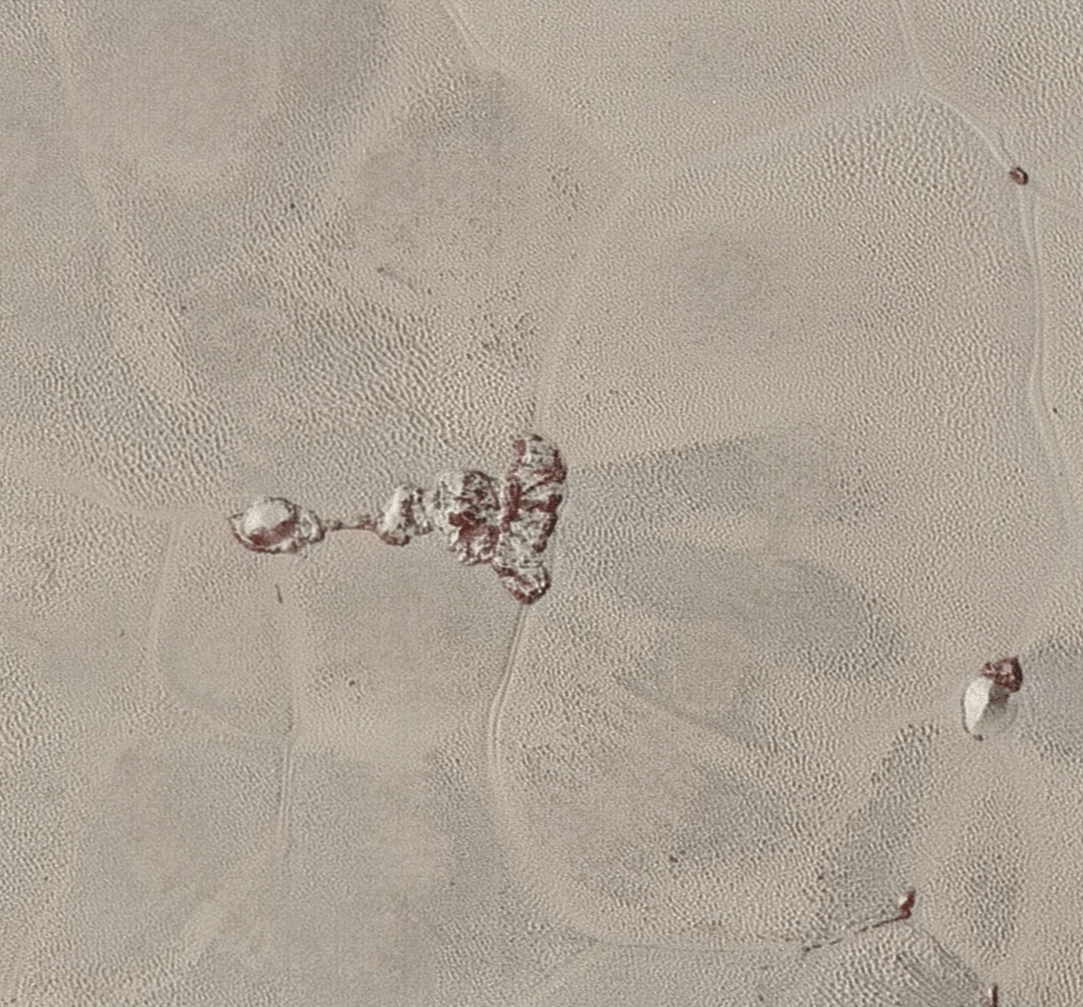
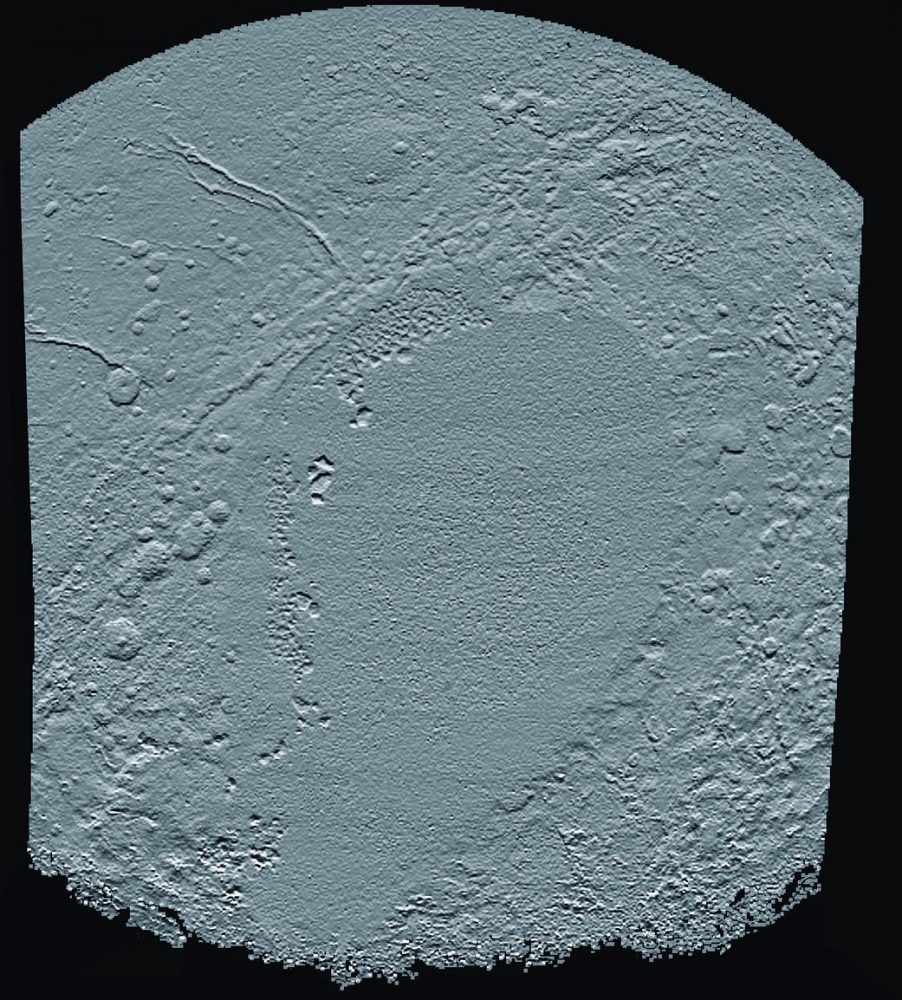

Data gathered by SOFIA compliments New Horizon’s discoveries. According to NASA, the particles within Pluto’s atmosphere are extremely tiny, between 0.06-0.10 microns thick, or about 1,000 times smaller than the width of a human hair. Because of their small size, the particles scatter blue light more than other colors as they make their way down to the surface of the dwarf planet in the form of rain, creating a now-unique blue tint.
Understanding Puto’s atmosphere helps us understand its history in the solar system. With new insights gathered by SOFIA and New Horizons, forecasts suggested that as Pluto moved away from the Sun, less surface ice would be vaporized — creating fewer atmospheric gases while losses to space continued — ultimately driving atmospheric collapse.
But instead of collapsing, the atmosphere appears to change on a shorter cyclical pattern.
Studying Pluto has helped us better understand the dwarf planet and other similar objects in our solar system. Pluto makes its way around the sun; it does so in an extremely long, elliptical orbit and at an inclined robot. As it moves throughout the solar system, the dwarf planet rotates on its side. This causes certain areas of Pluto to be exposed more to sunlight than others at different points in the orbit.
Join the discussion and participate in awesome giveaways in our mobile Telegram group. Join Curiosmos on Telegram Today. t.me/Curiosmos







